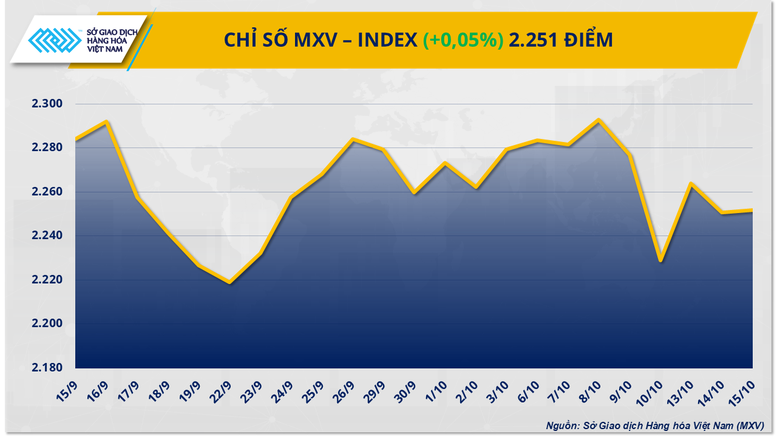
China boosts imports, rubber prices jump more than 1%
At the end of yesterday's trading session, the industrial raw material market witnessed clear divergences. In particular, two rubber products simultaneously increased by more than 1%. Specifically, the price of RSS3 rubber on the Osaka exchange increased by more than 1.3% to 2,033 USD/ton; while the price of TSR20 in Singapore also increased by more than 1% to 1,722 USD/ton.
According to MXV, the demand for rubber imports from China continues to remain stable, acting as the main driving force supporting rubber prices in yesterday's session. Specifically, in September alone, China imported a total of 742,000 tons of natural rubber and synthetic rubber (including latex), equivalent to an increase of about 20.8% over the same period last year. In the first 9 months of the year, this figure reached more than 6 million tons, an increase of 19.2% over last year.
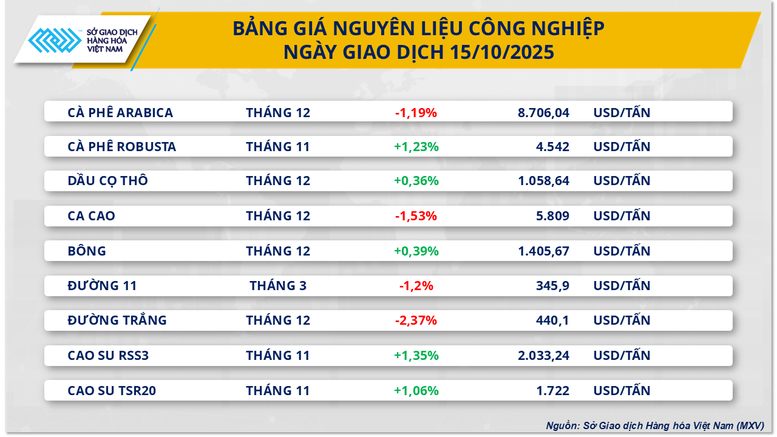
In addition, the recovery of the Chinese auto industry - a country that consumes the majority of rubber products - also contributed to strengthening market sentiment. According to the China Passenger Car Association (CPCA), passenger car sales in September reached 2.27 million units, up 6.6% year-on-year, as consumers took advantage of incentive programs to change their cars before they expired. Notably, sales of electric and hybrid vehicles accounted for 57.2% of total sales, up 15.5% compared to the previous month's increase of 7.5%.
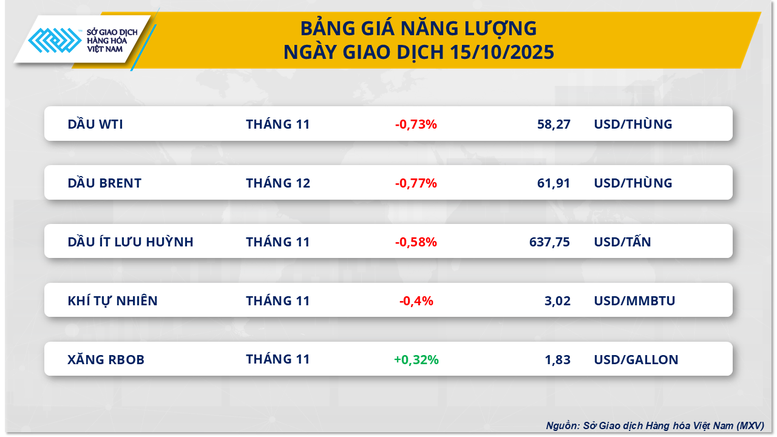
Trade tensions continue to put pressure on oil prices
According to MXV, red continued to cover the energy market in yesterday's trading session: Brent oil price decreased by 0.77%, down to 61.91 USD/barrel, while WTI oil also decreased by 0.73%, closing at 58.27 USD/barrel.
Investors are increasingly concerned about the escalating trade tensions between the US and China. The world's two largest economies have repeatedly warned of retaliatory measures against each other, raising concerns about the risk of weakening global trade and declining energy demand. Since October 10, WTI oil prices have repeatedly fallen below the psychological threshold of $60/barrel, causing a cautious sentiment to prevail in the market.
According to Bank of America's forecast, if tensions between the US and China do not cool down soon, Brent oil prices could fall sharply, even falling below $50/barrel. This scenario will cause global growth to face deflationary pressure, while the OPEC+ group's plan to increase production will continue to increase the oversupply situation, creating double pressure, making it difficult for oil prices to recover.
However, there are still some support points for prices. Many investors expect the US Federal Reserve (Fed) to soon launch a new round of interest rate cuts to stimulate growth. In yesterday's session, Fed Governor Stephen Miran emphasized that continued easing of monetary policy is necessary to support the economy. According to the FedWatch tool, the probability of the Fed cutting interest rates in October has increased to nearly 98%, creating temporary psychological support for the energy market.
Source: https://baochinhphu.vn/thi-truong-hang-hoa-gan-nhu-di-ngang-102251016092213442.htm





![[Photo] Cat Ba - Green island paradise](/_next/image?url=https%3A%2F%2Fvphoto.vietnam.vn%2Fthumb%2F1200x675%2Fvietnam%2Fresource%2FIMAGE%2F2025%2F12%2F04%2F1764821844074_ndo_br_1-dcbthienduongxanh638-jpg.webp&w=3840&q=75)






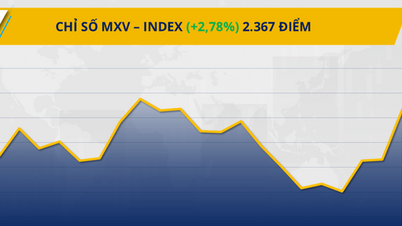



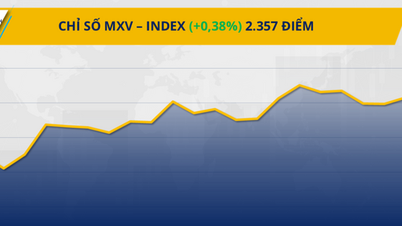



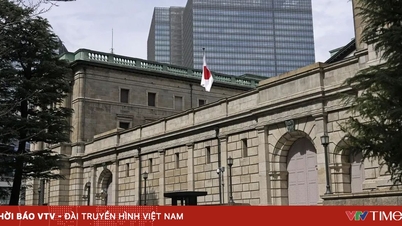








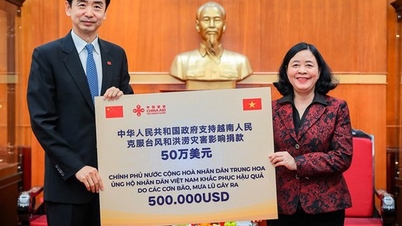

































![[VIMC 40 days of lightning speed] Da Nang Port: Unity - Lightning speed - Breakthrough to the finish line](https://vphoto.vietnam.vn/thumb/402x226/vietnam/resource/IMAGE/2025/12/04/1764833540882_cdn_4-12-25.jpeg)
















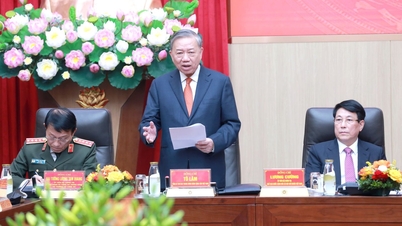

































Comment (0)